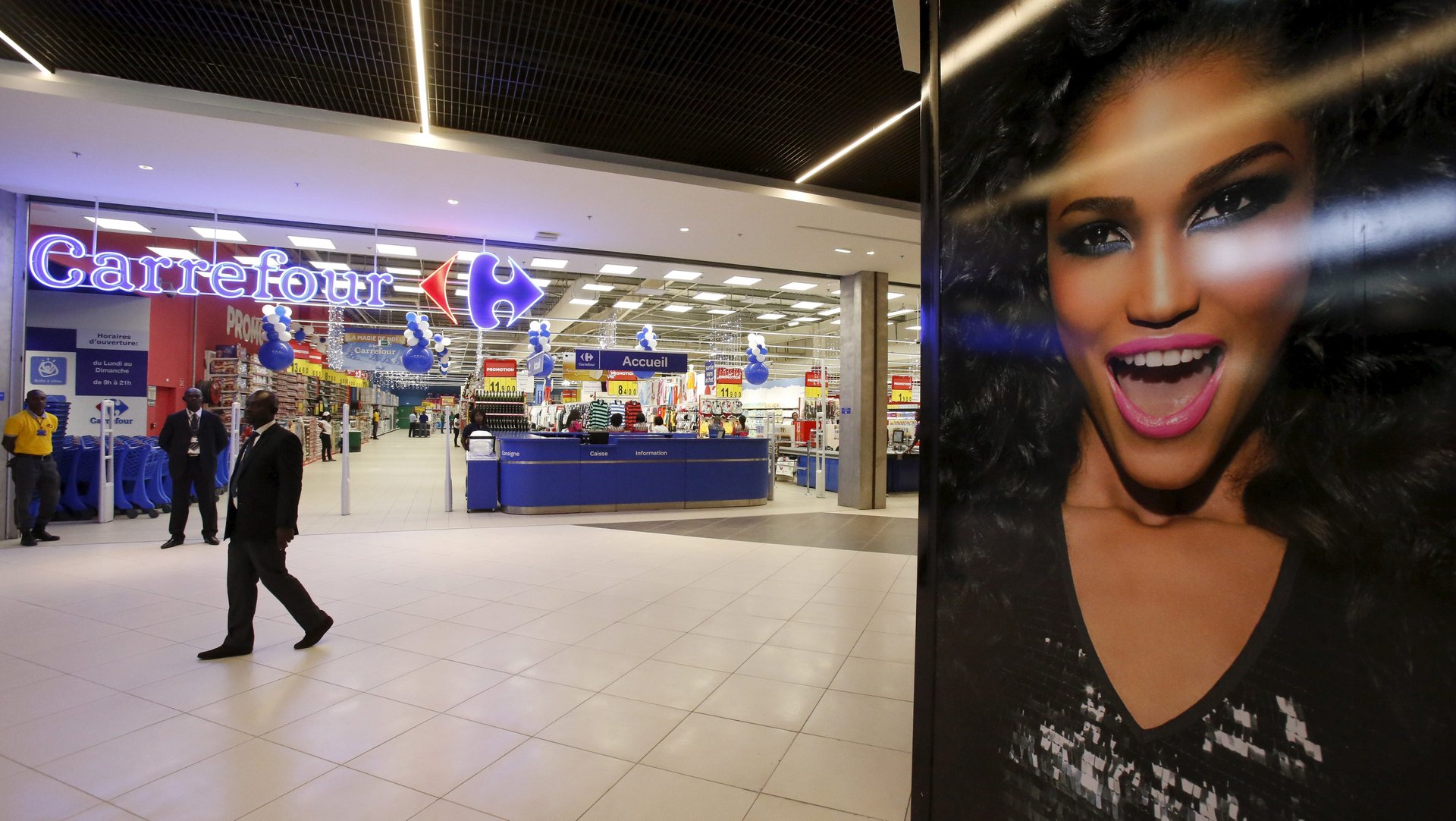The African middle class matters—but not for the reasons you think
These days the African middle class is widely discussed as a phenomenon considered indicative of social change.


These days the African middle class is widely discussed as a phenomenon considered indicative of social change.
But a great deal of the debate hasn’t been very well informed. For a long time contributions lacked a rigorous analysis, failing to examine the so-called middle class in terms of its potential as a proper class. People involved in the debate hardly bothered to engage with the more methodological aspects of the analysis of classes, which has a long tradition in social sciences and should be an integral part of any analysis.
Most problematic was the fiddling with figures, which classified people according to a minimum income as middle class. This is clearly not a very sensible way to approach proper class definition. It puts almost exclusive emphasis on financial and monetary aspects. But professional and social status, cultural norms and lifestyle related attributes as well as political orientation(s) and influence were often ignored. Where they were considered, it was often only in passing.
The debate largely ignored earlier analyses on African elites. It promoted the assumption that the middle class(es) are a positive ingredient for the development of and in African societies.
But such optimism is unhelpful both in terms of the potential economic role of these loosely defined middle classes, as well as the expectations about their political relevance.
In the meantime that’s started to change. Scholars from various disciplines related to African Studies are gaining the upper hand and claiming ownership. New publications testify to increasingly concerted efforts to respond with different and more nuanced perspectives.
These engagements offer insights based on more than lofty generalisations void of any social realities on the ground. Rather, the case studies test some of the assumptions and are able to portrait existing identities and practices of social segments of societies, which might be considered as middle class – or not.
So then, what class is the middle class?
Caution required
What is lumped together as middle classes represent at best an opaque awareness – if not about themselves (in the plural) – then at least about society and their position, aims and aspirations. Such ambiguity explains the different political and social orientations of members of a middle class, their different roles and positions in social struggles and their difference in interests.
The conclusions seem to suggest that there is no social force in the making, which by status and definition would indeed be the torch bearer for more democracy, participation, human rights, social equality and redistribution of wealth beyond benefiting just the group. One might call this a class interest, shared by many members of these middle classes across the continent.
But depending on the circumstances, ethnicity, pigmentation and other criteria (not least religion) matter at least as much as (at best) diffuse class awareness.
This should not stand in the way of continued interest in this species called middle class, which at a closer look is not as new as some contributions to the wider debate suggest. After all, there were always some middle layers of societies with a set of differing interests and orientations – only that their visibility and size in African countries seems to have increased lately.
But we should be much more cautious about providing simplified and sweeping explanations about the scope for potential social and political reforms and the impact on transformation of societies these middle classes are able – or willing – to promote.
After all, it is neither the middle class(es) nor even the upper fifth of the income pyramid that has any influence on the distribution of wealth in societies. They too are at the receiving end.
It is indeed the top decimal if not the top 5% or an even smaller fraction that drives inequality, and it is these haves that have grasped the steering wheel. Their forms of appropriation and enrichment are the ultimate determinants of the scope and limit of poverty reduction by means of redistributive measures in favour of those in the bottom half of society.
To understand inequalities and the mechanisms of their reproduction, the motto coined by University of Cambridge economist Gabriel Palma is appropriate. He points to the decisive impact of the wealthy segment of societies as regards growing inequalities on a global scale and concludes:
It’s the share of the rich, stupid.
One is tempted to suspect that the middle class(es) hype seeks to propose a historical mission of these social layers in terms of future perspectives. But, in the light of the real (also material and political) power relations and structures of societies and the global economy, they are never able to live up to this mission.
Despite this sobering conclusion, the current engagement with the phenomenon called the African middle class(es) is anything but obsolete. Independent of their size, they signify modified social relations in African societies, which indeed deserve attention and rigorous analysis – with the emphasis on the latter.
These edited extracts are from the Introduction and Conclusion of Henning Melber (ed.), The Rise of Africa’s Middle Class: Myths, Realities and Critical Engagements.
Henning Melber, Extraordinary Professor, Department of Political Sciences, University of Pretoria
This article was originally published on The Conversation. Read the original article.